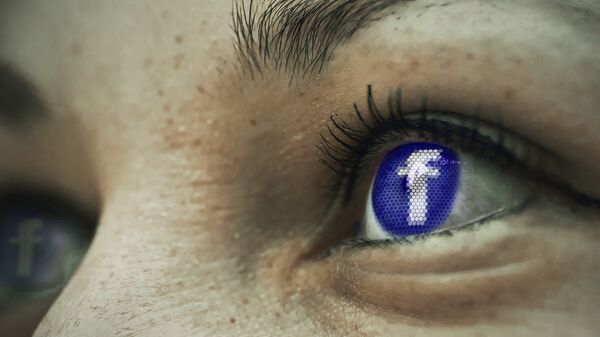Headed by Regina Dugan, formerly of shadowy US military technology division DARPA and Google's Advanced Technology and Projects group (ATAP), its first goal is the development of a non-invasive system to allow people to type using thought.
The division, dubbed Building 8, will first aim to create a basic "yes-no brain click" — while a seemingly simple action, if successful the group could fundamentally change how humans interact with and use technology.
Facebook's Building 8 project is some deep stuff. Far out but super promising. #f82017 pic.twitter.com/GgLbZE6719
— Jayadevan PK (@therealjpk) April 19, 2017
Facebook is not the first tech major to delve into the possibility of connecting brains and computers — Elon Musk's venture Neuralink is attempting to do much the same.
Dugan stated the technology would effectively amount to an "augmented reality brain mouse," meaning it could be a means of receiving direct input from neural activity, removing the need for augmented reality devices to track hand motions or other body movements.
This would offer obvious benefits to individuals afflicted by paralysis, or robbed of the ability to speak. Presently, devices such as the Microsoft HoloLens uses hand tracking to allow users to tap their fingers in front of them as if clicking a mouse.
Stanford University researchers have already created a system that allows paralyzed patients type eight words per minute using only thought, although that is achieved via an invasively implanted electrode array.
Building 8's provisions, it is claimed, will be entirely non-invasive, and optimize human function, for instance allowing people to type faster than they would physically, up to as much as 100 words per minute or more.
Inside Building 8, the Facebook project to let you type using your thoughts alone https://t.co/80yJlfks7X pic.twitter.com/w8WC3TPlBm
— World Economic Forum (@wef) April 20, 2017
Facebook's dedication to non-invasive tech may be borne out of commercial concern, rather than ethical quandaries.
At the division's unveiling, Dugan said implanted electrodes were difficult to scale, and optical imaging was a better, cheaper place to start. In any event, she added, neural imaging may be the only non-invasive approach capable of transmitting neural activity into inputs for electronic devices.
While no such technology exists at present, and is potentially decades away from creation, it has been speculated a form of clothing or accessory, such as a hat, could make the neural images and transmit them accordingly.
Moreover, the social media giant is quick to stress Building 8's products will not invade an individual's thoughts — a concern many may have, given the privacy issues surrounding Facebook's online network. Rather, Dugan said their application would decode words and directions individuals effectively publicly share in any event.
"Think of it like this: You take many photos and choose to share only some of them. Similarly, you have many thoughts and choose to share only some of them," the company said in a statement.
The firm is evidently so sensitive to potential controversy around the project, it has pledged to assemble an independent Ethical, Legal and Social Implications panel to oversee its developments. Institutional review boards ensure test subjects aren't being abused and research is being done as safely as possible.
Still, no impactful technology ever created has lacked unintended consequences — it's merely a question of whether they are positive or negative, and can be managed or not. Some apocalyptic speculation about calamitous implications is eventually proven to be paranoia — during the initial phases of the Human Genome Project, some speculated it presaged the creation of a "super race" — the elimination of disabilities and conditions in future generations, and discrimination against surviving sufferers.


